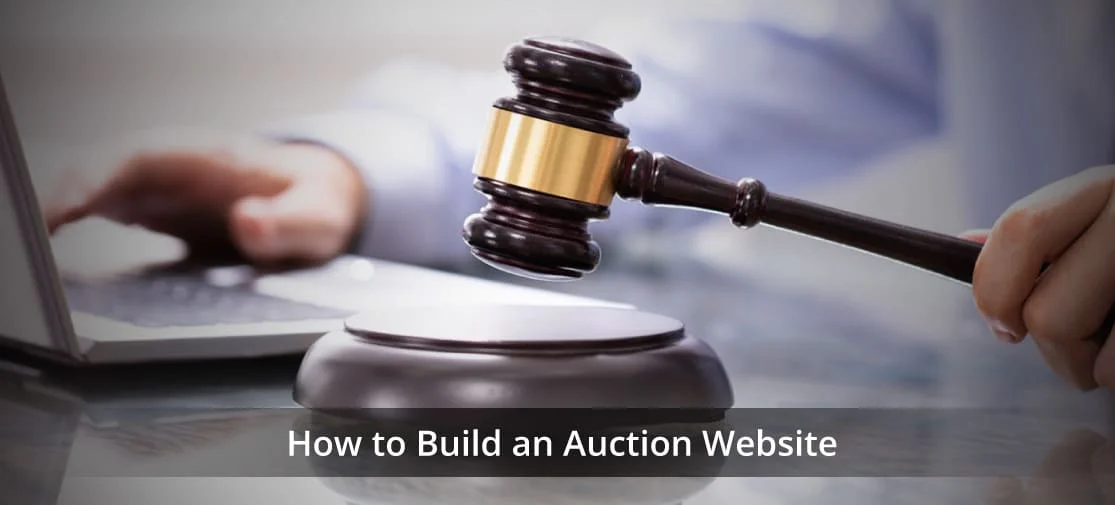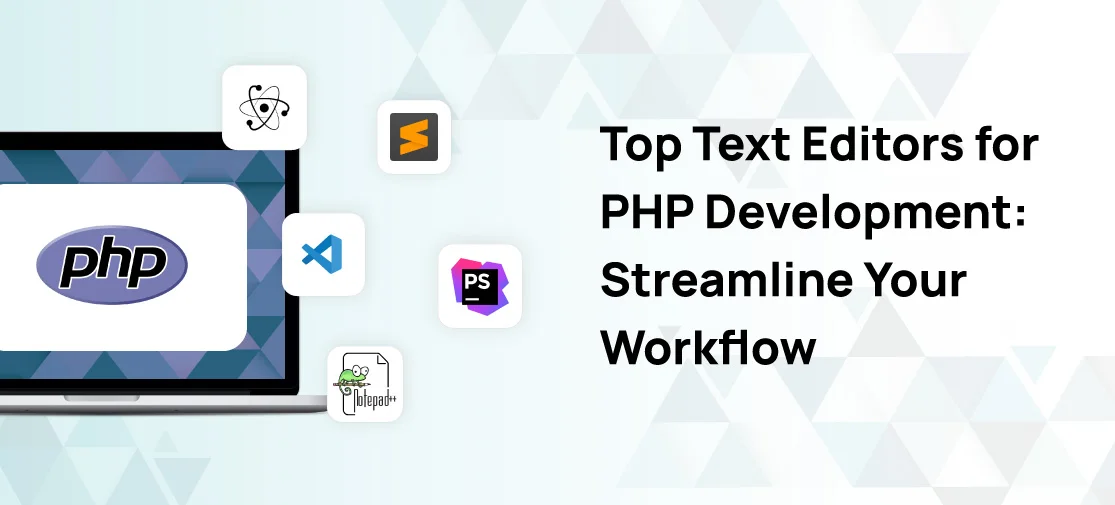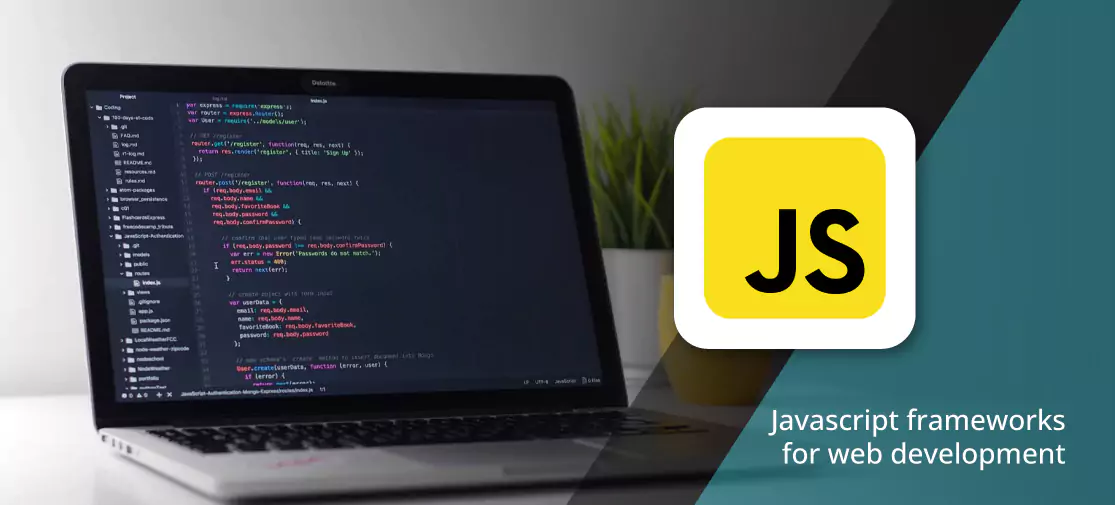Introduction
Reports are essential papers that provide information sharing and in-depth data analysis in the business domain. Businesses have access to a wide range of report kinds within the Odoo platform, such as purchase, sale, and invoicing reports. Predefined report layouts like "external_layout_standard," "external_layout_striped," and "external_layout_bold," all painstakingly created using HTML/QWeb, are another way that Odoo further improves versatility. Users can customize the header and footer elements by creating a new layout or by inheriting and changing an existing one, allowing reports to be tailored to individual needs. This adaptability enables companies to display content in a way that perfectly suits their own needs and tastes.
The purpose of this post is to help you create an action website more quickly and easily. We engaged our top professionals in the website development process to compose this article. After reading this article, You'll better understand the amount of time and money needed to develop an interesting and error-free bidding system.
Let's review the basics of auctions before discussing how to make an auction website. The ancient Greeks are the source of their history. Greeks had both public and private auctions in the past, selling state and private property to the highest bidder. However, the present definition of an auction originated in England. There, merchants began holding auctions in the eighteenth century. The things up for sale were artwork, furnishings, antiques, and more.
An auction website: what is it?
Let's begin the process of creating an auction website by defining it. A website used to plan and conduct auctions is known as an auction website. The rivalry between bidders is the fundamental tenet of any auction. Potential purchasers place bids on the things that catch their eye during an auction. The buyer who makes the highest bid is the winner. The winning bidder is entitled to purchase the auction item for the amount they placed.
An auction website or bidding system's main goal is to automate and simplify the majority of the processes involved in organizing and conducting auctions. eBay is a well-known example of an online auction platform. Since its 1995 launch, eBay has grown to become one of the most lucrative auction sites, with a projected net revenue of $9.8 billion by 2022. A year before eBay, Amazon began as an e-commerce website and is another example of an auction website.
Steps to build an auction website
Step 1: Buy a Domain Name and Get a Web Hosting Account
Choose a unique, easily identifiable, and value-driven domain name for your auction website. The domain should be short, catchy, easy to pronounce, and memorable. Examples like eBay.com and Amazon.com demonstrate the importance of a strong domain name. Popular services for finding and purchasing a domain include Google Domains, NameCheap, Domain.com, and GoDaddy.
Tips for Choosing a Domain Name:
- Opt for top-level domains (TLDs) like .com, .org, or .net.
- Check the domain's history using the Wayback Machine.
- Use SEO tools like Ahrefs, SEMRush, or Moz to check the domain rating.
After securing a domain, you need a web hosting account. Hosting options include shared servers, which are cost-effective but less isolated, and dedicated servers, which offer higher performance and security at a higher cost.
Step 2: Finalize the Auction Model
Decide on the type of auction model for your business. The main live auction models are:
- English Auction: Bidding starts at a reserve price and continues until the highest bid wins.
- Penny Auction: Bids start at a minimum price with fixed increments until no more offers are made.
- Dutch Auction: Bidding starts high and decreases until an offer meets the reserve price.
- Sealed Bid Auction: Each buyer bids once without knowing others' bids; the highest bid wins.
- Vickrey Auction: The highest bidder wins but pays the second-highest bid amount.
- Double Auction: Multiple buyers and sellers submit offers, and the auctioneer determines the clearing price.
Step 3: Enlist Core Features for Your Auction Website
Based on your chosen auction model, finalize the features for your auction platform. Your technology partner will use these to build a robust auction site.
Core Features to Include:
- Listing Management: Allow sellers to add, modify, or delete items with detailed descriptions and media.
- Data Storage: Secure storage for sensitive user data and transaction information.
- Newsletter: Send regular updates and new listing notifications to users.
- Bidding Functionality: Implement your chosen auction strategies.
- Auction Details: Display key auction information, such as start and end times, item details, and bidder lists.
- Payment Gateways: Integrate popular payment methods like PayPal and Stripe.
- Messaging: Facilitate communication between buyers and sellers.
- Analytics: Provide data insights for sellers to track views, purchases, and conversion rates.
- User Profiles: Allow users to create profiles with registration and login forms.
- Search Tool: Enable users to easily find products.
- Bid Templates: Simplify the process for sellers listing multiple items.
- Shopping Cart: Let users purchase multiple items in a single transaction.
- Ratings and Reviews: Implement a system for users to rate and review items and vendors.
- User Management: Admin capabilities to manage user profiles.
- Auction and Bidding Management: Admin tools to enforce bidding rules and manage auctions.
- Shipping: Calculate delivery prices and times, and manage shipping logistics.
Step 4: Decide the Website Development Method
Choose between an off-the-shelf solution and custom website development.
Off-the-Shelf Solutions: Use platforms like WordPress with auction plugins (e.g., YITH WooCommerce Auctions) for a faster, lower-cost setup.
Custom Development: Hire a development company to build a tailor-made site that meets your exact specifications. Custom solutions offer scalability, performance, and security but come with higher upfront costs.
Step 5: Analyze Technical Requirements
Define the technical aspects necessary for developing and running your auction website.
Key Considerations:
- Website Structure: Plan the hierarchy and navigation.
- Wireframes: Create rough sketches of page layouts.
- Load Capacity: Estimate user traffic to ensure scalability.
- Page Loading Speed: Optimize for fast loading times.
- Browser and Device Support: Ensure compatibility across various browsers and devices.
- Legal Compliance: Adhere to regulations like GDPR, HIPAA, or PCI DSS.
Step 6: Craft a Visually Appealing and Intuitive UI/UX Design
Design a user-friendly interface that is visually attractive and easy to navigate. Develop mockups based on your wireframes, and focus on a seamless user experience.
Design Tips:
- Keep navigation simple.
- Use high-quality images.
- Provide reliable payment options and clear refund policies.
- Highlight buttons and use a bright color palette.
- Include sections for daily deals to engage users.
Step 7: Finalize the Tech Stack
Choose the technologies that will form the foundation of your auction website.
Recommended Tech Stack:
- Front-End: HTML, CSS, JavaScript, React, or Vue.js.
- Back-End: Node.js or Ruby on Rails.
- Database: MySQL or MongoDB.
- Payment Gateway: Stripe, Braintree, or PayPal.
- Messaging API: Twilio, SendGrid, or Mailchimp.
- Analytics: Google Analytics or Mixpanel.
- Cloud Services: Amazon Web Services or Microsoft Azure.
Step 8: Assemble a Team of Developers
Gather a skilled team, either in-house or hired, to execute your project.
Initial Team Meeting Activities:
- Share product vision and requirements.
- Choose a development method (e.g., Agile, Waterfall).
- Set up a project management tool (e.g., Jira, Trello).
- Create a task backlog.
- Configure collaboration tools (e.g., Slack, Microsoft Teams).
- Establish code quality standards.
Step 9: Develop an MVP
Create a Minimal Viable Product (MVP) with core features to test market fit and gather user feedback. This helps refine the product before the final launch, reducing risk and improving user satisfaction.
Step 10: Conduct Rigorous Testing
Perform thorough testing to identify and fix bugs, errors, and security issues. Use a mix of manual and automated testing techniques to ensure the highest product quality.
Step 11: Release MVP
Deploy the MVP to a select group or the public. Continuously monitor user feedback and improve the product with new features and enhancements.
Conclusion
Building an auction website involves careful planning, strategic decision-making, and rigorous execution. By following these steps and focusing on customer needs, you can create a successful auction platform that stands out in the market. For detailed guidance and professional support, Techvoot Solutions is here to help you every step of the way.




